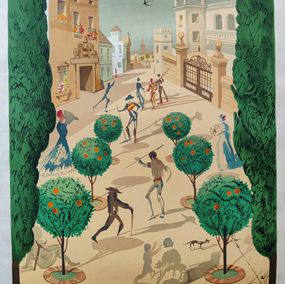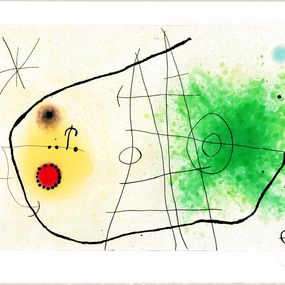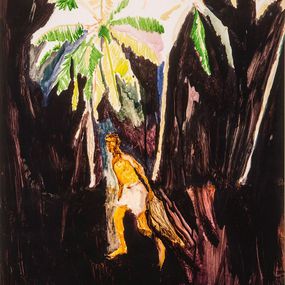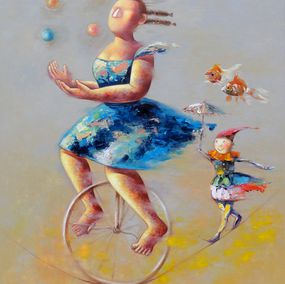
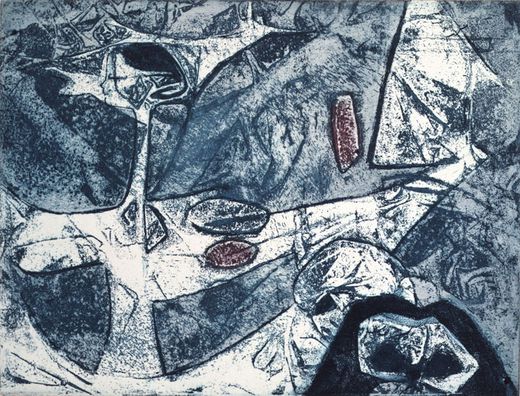
A violent kind of light was seizing the castle, like a challenge—a ball demurely, packed like a drawer of angles.
Biography
In 2012, aged 101, passed away one of the last representatives of surrealism of the great era, Dorothea Tanning. Too often identified as "wife of" Max Ernst , she deserves above all to be recognized for her rare talent. So who is Dorothea Tanning, one of the twentieth century's most sulphurous American painters?
Born in 1910 in the state of Illinois, to Swedish parents, the young Dorothea developed her artistic sense very early on. Compulsive designer, at the age of twenty, she finally left to study at the Art Institute of Chicago and then settled in New York as an advertising designer.
As for many, the 1936 exhibition "Fantastic-art, Dada, surrealism" at Moma is a revelation for the artist, who subsequently joined the group of New York surrealists led by André Breton. The same year, she notably produced her famous painting: Little night music.
In 1943, already exhibited in the prestigious Julien Levy gallery, she met the German painter and sculptor Max Ernst. They married in 1946, in Los Angeles, at the same time as Man Ray and Juliet Browner.
At the beginning of the 1950s, the couple settled permanently in France (in Paris, then in the provinces). Dorothea Tanning then meets all the European precursors of surrealism. Curiously, it was also at this time that she turned away from this movement to develop a unique and totally revolutionary style.
The American breaks the ancient codes of painting by deciding to represent desire from a female point of view. She declares "breaking the mirror" by refusing the status of muse or wife reserved for women who levitate around the surrealists.
His work was hailed by critics and, over the following decades, major contemporary art institutions devoted retrospective exhibitions to him (the Center Pompidou, the Philadelphia Museum of Art, etc.).
After Ernst's death in 1976, Dorothea Tanning returned to New York. She died in her Manhattan apartment on January 31, 2012.
Nationality
Categories
Artistic movements
Themes
Discover the movements linked to Dorothea Tanning
Discover similar artists
Discover our selections of works by artists
Dorothea Tanning did not explicitly identify as a feminist, but her work often challenged traditional gender roles and explored female identity. Many art historians consider her contributions significant to feminist art discourse.
Dorothea Tanning did not have any children. She was married to the artist Max Ernst, but they did not have offspring together.
Dorothea Tanning used oil painting, collage, and soft sculpture techniques, blending surrealism with dreamlike imagery. She often employed layered textures, distorted forms, and symbolic motifs to evoke psychological depth.
Dorothea Tanning's paintings can be seen at major museums like MoMA in New York, Tate Modern in London, and Centre Pompidou in Paris. Some works may also be available through specialized galleries and art fairs.











